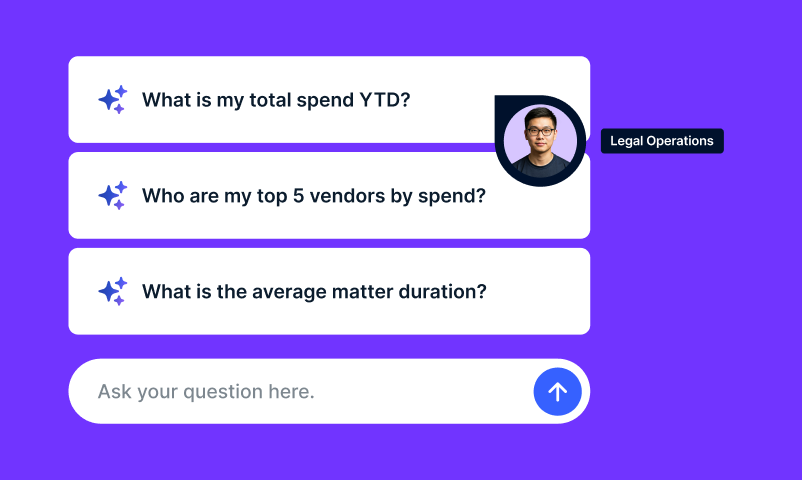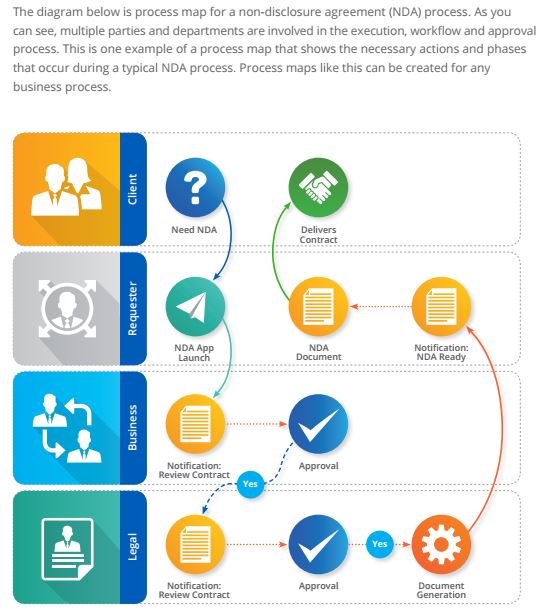This year’s PEX Week in Orlando was a great event, bringing together people from every part of the process improvement equation – from process specialists to customers, to technology professionals. The big theme for 2015 was customer experience, with a track dedicated specifically to customer-centric process improvement. The conference featured over 40 speakers, from companies from a variety of industries, including law, healthcare, non-profits, telecom, financial and transportation.
Highlights for us were case studies presented by Onit customers, Nancy Scott, and Jim McFadden from AIG. In those case studies, they discussed their respective process improvement initiatives and how Onit Apps have empowered collaboration across their various teams. In fact, AIG’s legal department was named 2014 Best Legal Department by Corporate Counsel. One of the major factors leading to AIG’s win was, according to the editor of Corporate Counsel, the “prioritization of process efficiency in order to save resources and survive the financial crisis.”
Also at the conference, Paul Zengilowski, Customer Development Executive for Onit, presented a session on how Apps are redefining the business process management landscape. An important notion in the new App-centric BPM landscape is a move away from optimization and a move towards rationalization. What this means for organizations is that meaningful change can be accomplished by changing small processes to reflect how people actually work, rather than optimizing an entire system based on how people “should” work. Zengilowski’s session highlighted how the right tools can allow knowledge workers to focus on “process results,” rather than on using difficult technology. In the presentation, Zengilowski explained that if we expect to improve the success rate and sustainability of our projects, the right tool must:
- Offer a software experience that is as good as the software experiences they have in their personal lives.
- Bring the work to people, instead of people having to go get/find the work.
- Accommodate how people work.
- Be configurable in ways that support people’s goals and accelerates their ability to do their jobs.
- Be something people WANT to use.
Piggy-backing on AIG’s case study, Zengilowski highlighted several other companies who have integrated Onit’s App approach and are seeing much success. A global technology company has deployed the Onit NDA App to help tame a process that administers over 10,000 NDAs a year. With the company’s current process, a single NDA took 16 days. Now, with the Onit NDA App, the cycle has been reduced to less than 24 hours for 90% of NDAs, with virtually “no” lawyer involvement.
The success of this year’s PEX Week conference highlights how important process improvement is to businesses today. Here at Onit, we are excited to see where this new landscape of business process management takes us next!
Interested in learning more about the conference? Watch the PEX Week 2015 showreel.
Considering a process improvement initiative for your business in 2015? Onit can help you manage those untamed business processes. Contact us, or sign up for a demo today!



